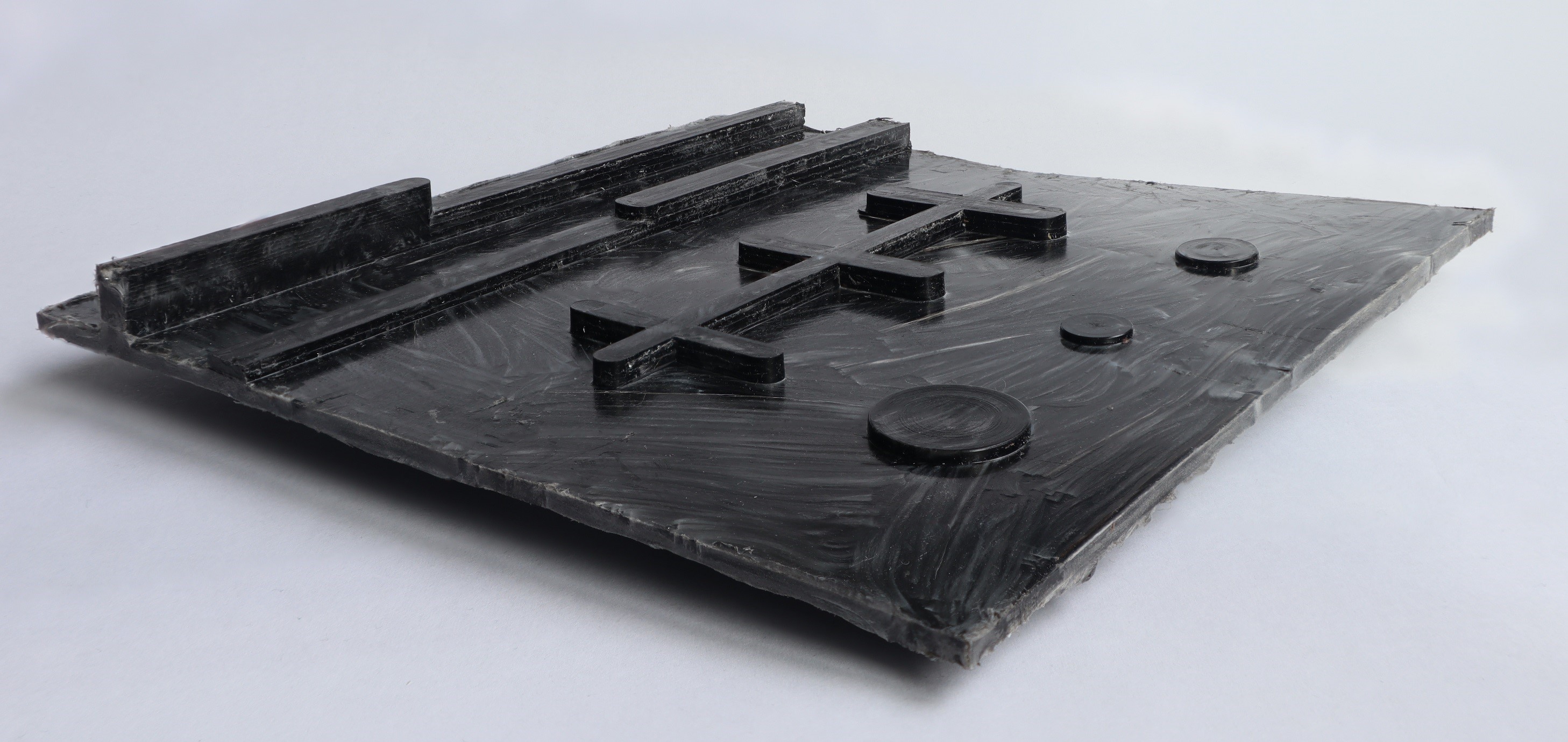Colloquium announcement
Faculty of Engineering Technology
Department Production Technology (MS3)
Master programme Mechanical Engineering
As part of his / her master assignment
Haverkort, A.S. (Arthur)
will hold a speech entitled:
The influence of hybrid reinforcements on Long Fiber Thermoplastic Composites
| Date | 12-07-2023 |
| Time | 13:30 |
| Room | OH110 |
Summary
Fiber Reinforced Polymer Composites (FRPC) generally have a brittle and abrupt failure behaviour, which can be a downside for some applications where residual stiffness is required. Hybrid reinforcements, meaning a combination of two different reinforcement fibers, can be used to toughen the composite and enhance fracture properties. In this research the influence of adding aramid (Twaron Standard) fibers to the glass fiber-Polypropylene (PP) composite material in researched. Hybrid long fiber thermoplastic materials are characterized by performing a selection of tests to compare it to a non-hybrid counterpart.
Long Fiber Thermoplastic Pellets (LFTP) have been produced in-house on a pultrusion line and have subsequently been compression molded into a flat plate. Distributing the fibers in the hybrid pellets was performed using a dedicated pre-processing to the pultrusion. The pellets (40 mm length, 3mm diameter) have a random orientation, which is verified via image analysis. Specimens have been machined for 4-point bending tests and drop-weight impact tests.
The glass-aramid-PP specimen did not lead to an increased bending stiffness, though the failure energy was increased by limiting the force drop-off after the force peak. The increased energy dissipation was also found in the impact tests. The addition of the aramid fibers did make the failure point less abrupt and elongated the impact time by almost 20%. The failure point was less noticeable and spread over a longer timespan, energy dissipation due to fiber-matrix debonding is observed to be the main cause of this phenomena.
Finally a demonstrator part has been produced. This part has added features like stiffeners and local thicker sections. With this demonstrator part it is has been proven that LFTP in a compression molding process can be used to make real-world structural parts with an acceptable composite quality.
Assessment committee |
chair Signature d.d. |
|
| Dr. Ir. T.C. Bor (Ton) Dr. Ir. L. Warnet (Laurent) Ir. G. Ribeiro Salomão (Gusthavo) Dr. I. Abdul Rasheed (Iqbal) |
(chair) (supervisor) (supervisor) (external member) |
|
